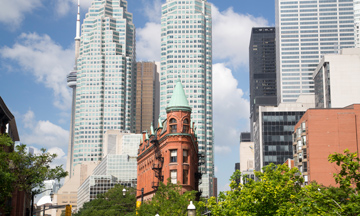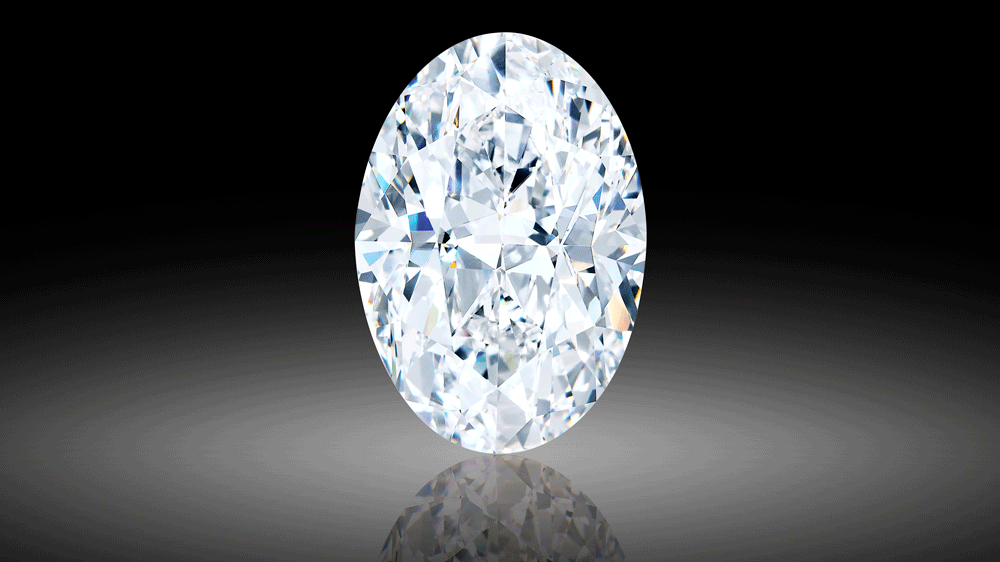Sotheby’s offered the gem without reserve in a single-lot sale in Hong Kong on Monday.
Sotheby’s just made a major diamond sale and it was purchase by a bidder over the phone. The sale proves that, even in these turbulent times, collectors are still willing to shell out millions for high-quality gemstones.
The house sold a 102.39-carat D color flawless diamond sold for $15.7 million in a single-lot auction in Hong Kong on Monday. It was offered without reserve, meaning the gem went to the highest bidder regardless of the amount of the bid or actual value of the stone.
To date, this is only the eighth D color internally flawless or flawless white diamond over 100 carats to have been sold at auction since 1990, marking the sixth sold by Sotheby’s. But the highest-priced diamond of this variety still goes to Christie’s for a 163.41-carat diamond sold in 2017 in Geneva for $33.7 million. Nevertheless, selling a 102.39-carat D flawless diamond in the midst of a global pandemic for over $15 million is no small feat.
The diamond, which was discovered two years ago, comes from the Victor Mine in Ontario, Canada. It was cut by Diacore, a leading specialist in sourcing, cutting and polishing diamonds. In the rough, the stone weighed 271 carats and it took over a year to cut and polish the piece to its current form. The Victor Mine opened in 2008 and is DeBeers’s second diamond mine in Canada; it ceased production in 2019. This is the most magnificent stone to come from its earthy coffer.
The buyer, of course, is anonymous, but the individual now has an immensely valuable asset that is small enough to fit in a pocket and worth as much as President Obama’s sprawling 7,000-square-foot Martha’s Vineyard retreat. According to Sotheby’s, the buyer reportedly named the diamond “Maiko Star” after his second daughter. Just last year at another Sotheby’s Hong Kong sale, the same collector bought an 88.2-carat D flawless diamond for his eldest daughter for $13.8 million, naming it “Manami Star.” The egg-shaped diamonds are two very sizable nests for the girls that will likely only grow with time. It’s just another sign that wealthy and investment savvy collectors are looking to park their money outside of the volatile stock market and into portable, high-value safe-haven assets for the vault.



